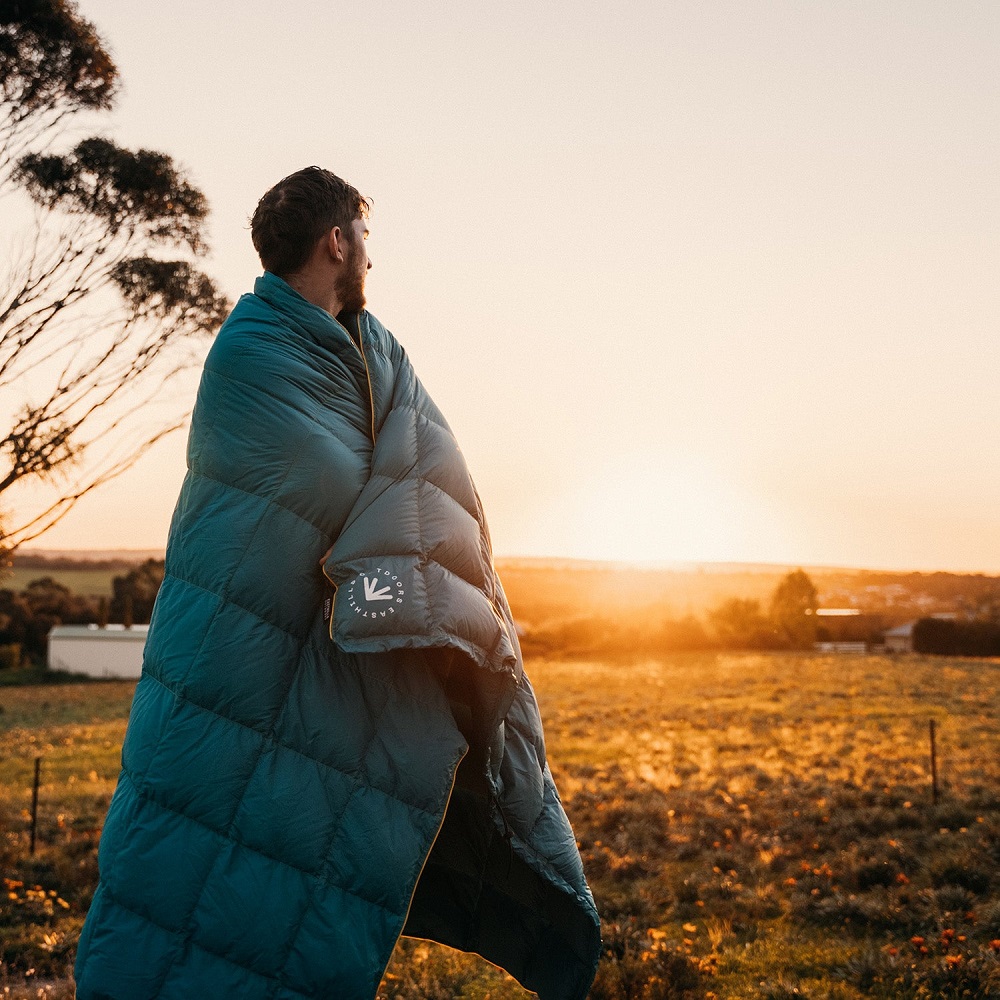When it comes to camping, a comfortable night’s sleep can make a world of difference. A quality camping blanket is essential for providing warmth and comfort, whether you are under the stars or in a cozy tent. With so many options available on the market, selecting the right camping blanket can feel overwhelming. In this article, we’ll explore the types of camping blankets, key features to look for, and tips for choosing the best one for your needs.
Understanding Camping Blankets
Purpose of Camping Blankets
Camping blankets are designed for outdoor use. Unlike regular blankets, they must withstand the rigors of nature while providing comfort and warmth. Typically lightweight and portable, they are easy to carry in a backpack or car. Camping blankets can serve various purposes, including warmth during cold nights, a protective layer against damp ground, or a cozy accessory for sitting around the campfire.
Choosing the right camping blanket enhances outdoor experiences. It allows for better relaxation and sleep, making your trip more enjoyable. Whether you are an avid camper or a casual weekend warrior, investing in a quality camping blanket is essential for comfort under the stars.
Types of Camping Blankets
There are several types of camping blankets, each designed for different scenarios. The most common types include fleece blankets, down blankets, and synthetic insulated blankets. Each has its unique features and advantages.
Fleece blankets are lightweight and affordable, offering a good level of warmth for mild temperatures. However, they may not provide enough insulation in colder conditions. On the other hand, down blankets offer exceptional warmth-to-weight ratios. They are compressible and packable, making them ideal for backpacking trips. Down, however, loses its insulating properties when wet.
Synthetic insulated blankets provide a middle ground. They can mimic the warmth of down but tend to be more resistant to moisture. Understanding the different types of camping blankets will help you make a more informed choice based on your camping style.
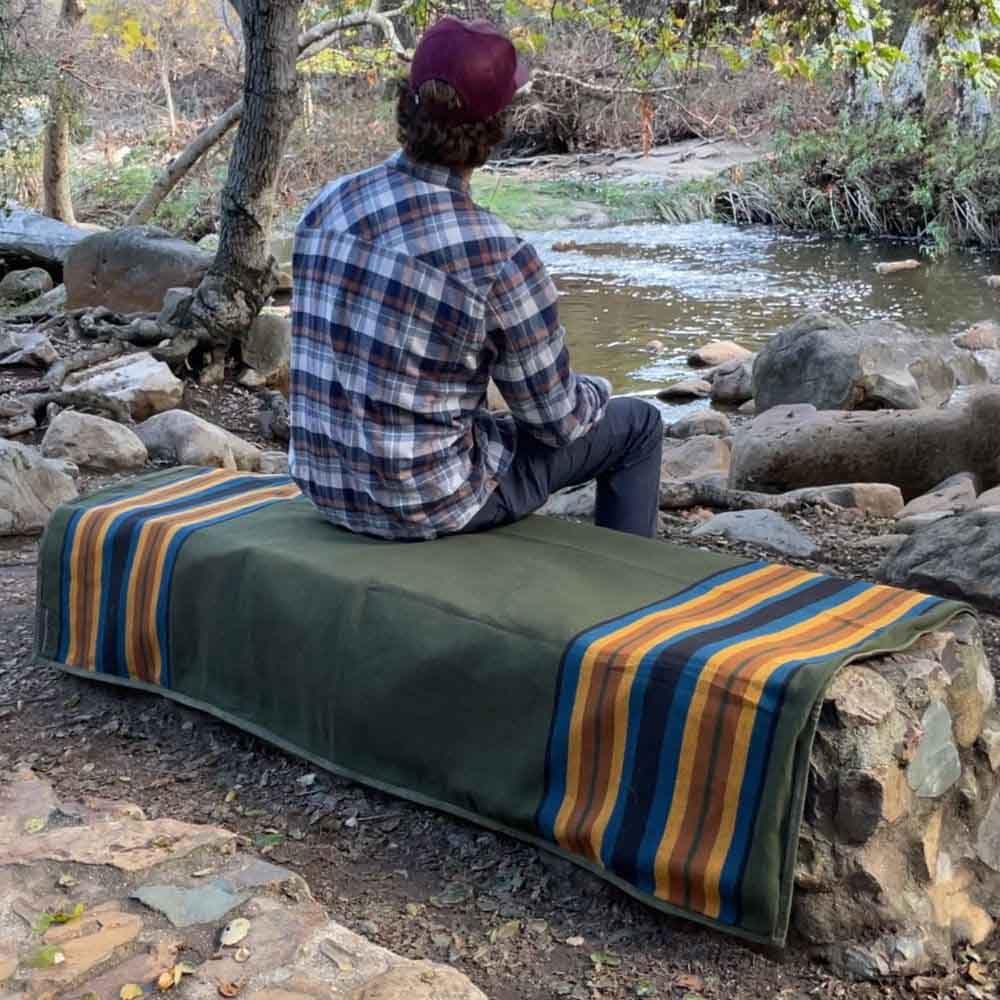
Key Features to Consider
Material
The material of the camping blanket plays a significant role in its performance. Common materials include fleece, down, polyester, and nylon. Fleece is soft, lightweight, and dries quickly, making it suitable for many campers. However, it may not provide sufficient warmth in very cold conditions.
Down is an excellent insulator, but it requires careful handling and storage. It is important to avoid getting down wet, as it loses its insulating ability. Synthetic fabrics, like polyester, offer durability and warmth without being heavy. They also dry quickly, making them suitable for unpredictable weather.
Choosing the right material will depend on your specific needs, such as the climate and type of camping you plan to do. Consider how often you will encounter moisture or require washing the blanket, as some materials are easier to maintain than others.
Size and Weight
Size and weight are crucial aspects to consider when selecting a camping blanket. Choosing a blanket that fits your needs while being easy to transport is key. Most camping blankets come in various sizes, from those ideal for solo campers to larger options suitable for families or groups.
If you are backpacking, consider a lightweight, compact blanket that can compress easily for storage. Conversely, if you are car camping, you might prefer a larger, heavier blanket that offers extra comfort. Keep in mind the number of people sharing the blanket as well. Choosing the right size and weight will enhance portability and usability during your camping trip.
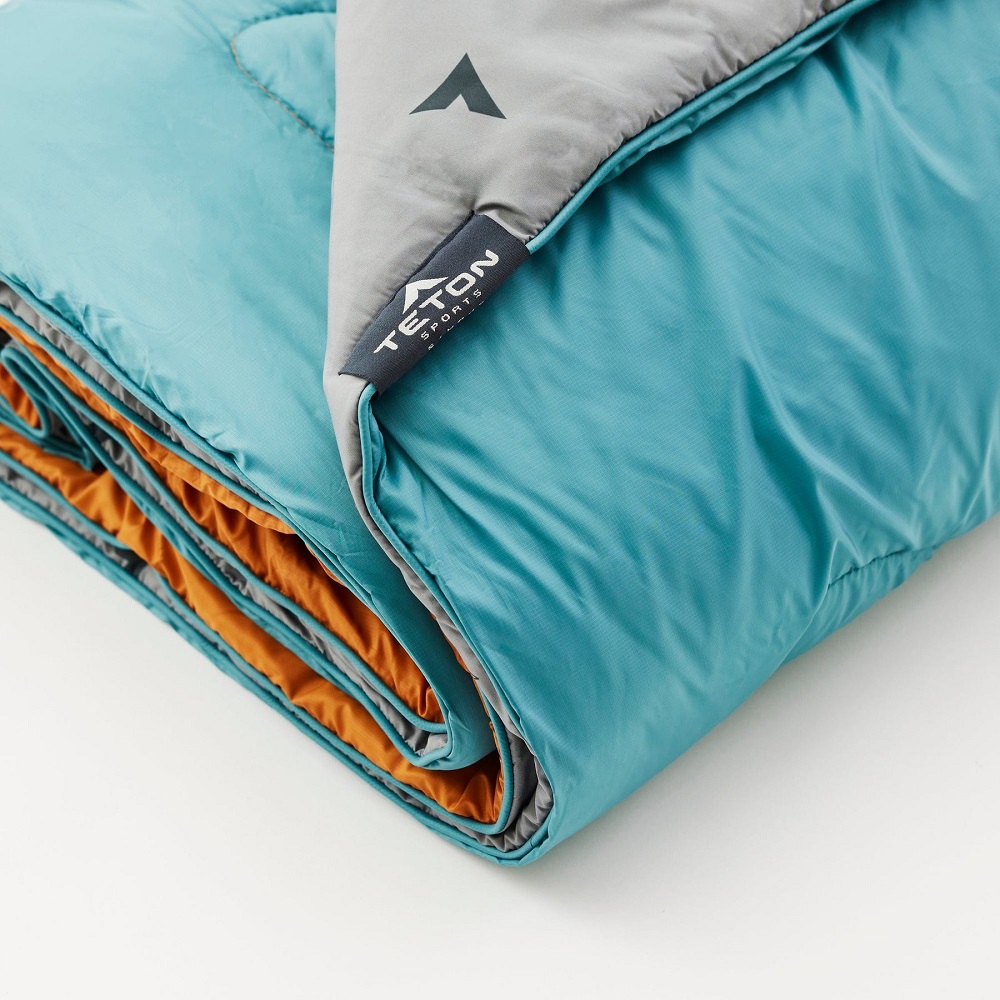
Insulation and Warmth
Insulation Types
Understanding the type of insulation in a camping blanket is essential for maintaining warmth. Insulation types include down and synthetic fills. Down insulation typically offers the best warmth-to-weight ratio, making it very efficient for cold weather. It provides excellent insulation but requires special care to keep it dry.
Synthetic insulation, on the other hand, typically retains its insulating properties even when wet. Products like PrimaLoft mimic down’s warmth and compressibility while being less expensive and easier to care for. For colder camping trips, opt for blankets with high-quality insulation that meets your needs.
Temperature Ratings
Another crucial factor to consider is the temperature rating of your camping blanket. Many camping blankets come with a temperature rating indicating the lowest temperature in which they can keep you warm. When planning your camping trip, understand the weather conditions you will likely encounter.
For example, if you plan to camp in colder weather, look for blankets rated at least ten degrees lower than the expected temperatures. Additionally, consider layering options, as combining a lighter blanket with another option can help you adapt to fluctuating temperatures. Finding a blanket with an appropriate temperature rating is key to ensuring warmth and comfort during your outdoor adventures.
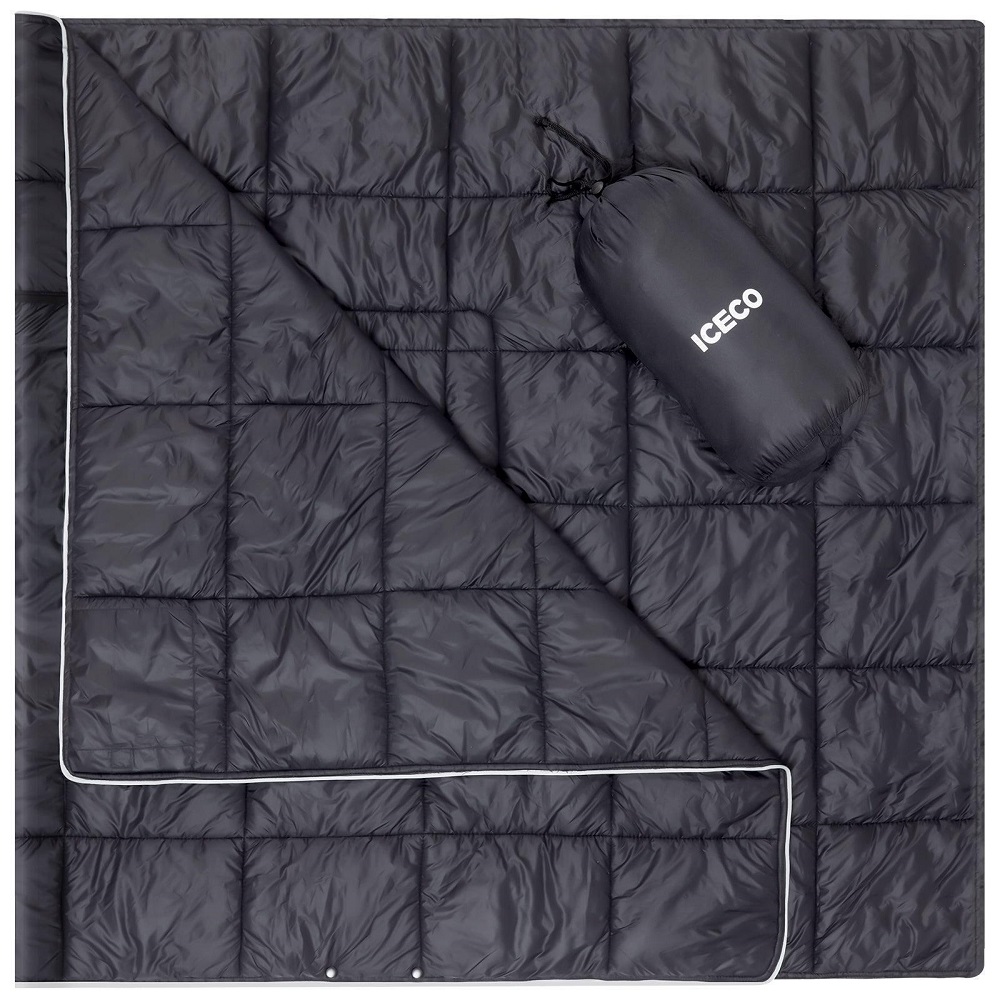
Durability and Maintenance
Material Durability
Durability is another important feature to consider when selecting a camping blanket. The material can determine how well the blanket will hold up in various outdoor conditions. For instance, nylon and polyester are popular choices for their durability and resistance to wear and tear.
When selecting a camping blanket, check the denier (D) of the fabric. A higher denier indicates that the fabric is thicker and more durable, which is essential for outdoor activities. Investing in a durable camping blanket ensures that it will withstand rough use and last for many camping trips.
Maintenance Requirements
Caring for your camping blanket will extend its lifespan. Read washing instructions, as some materials require special care. For instance, down blankets may need to be washed in a front-loading machine with gentle detergents. Many synthetic blankets may be machine-washable and easy to care for.
Storing your camping blanket properly is equally important. Ensure it is dry before folding or packing it away to prevent mold or moisture build-up. By maintaining your camping blanket properly, you can keep it in excellent condition for years of camping adventures.
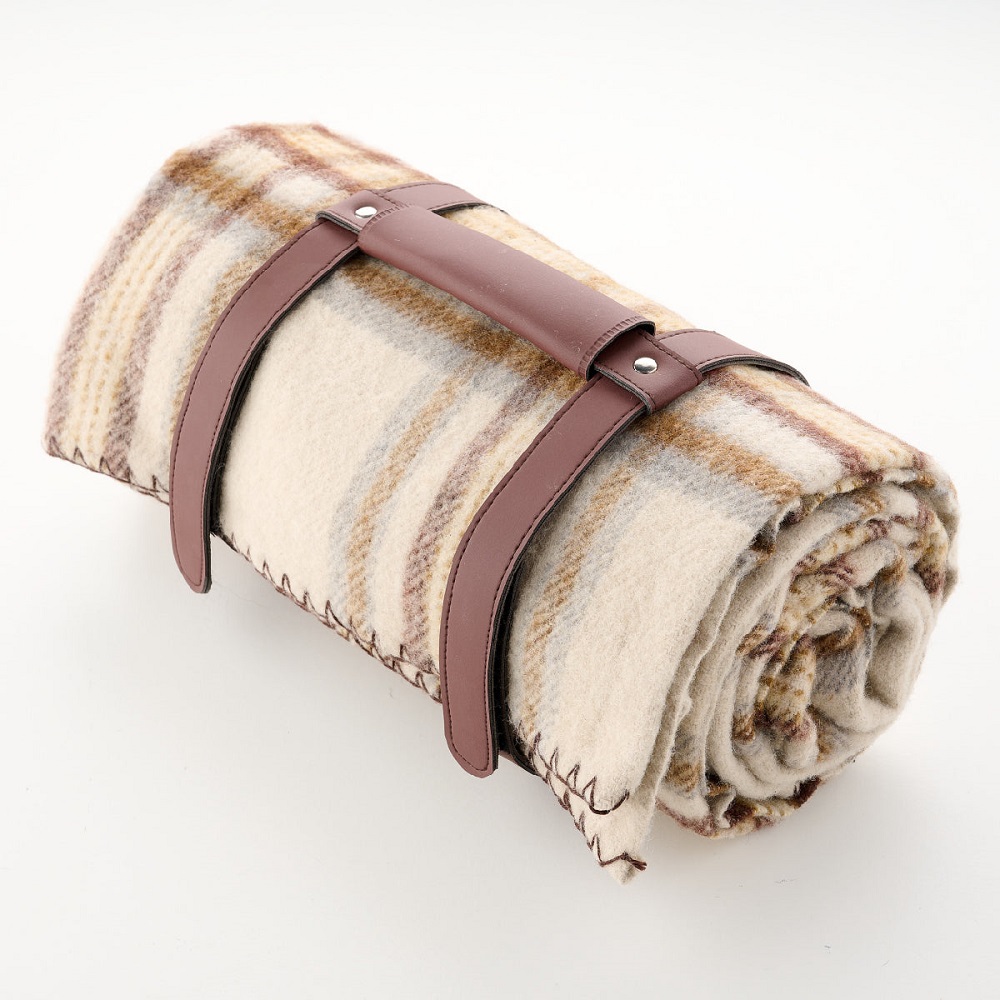
Using Camping Blankets in Different Scenarios
Campfire Gatherings
Camping blankets are excellent for cozying up around the campfire. Whether you are roasting marshmallows or telling stories, having a blanket on hand can add comfort to the chilly evening air. Use your blanket to wrap yourself up or share it with a friend while sitting on log benches or the ground.
Consider bringing a larger, more durable blanket for campfire gatherings. This will help keep everyone warm and comfortable while enjoying each other’s company. Choose blankets with fun patterns or colors that reflect your personality and add a festive vibe to your campsite.
Sleeping Arrangements
Another vital use of camping blankets is for sleeping arrangements. Depending on your tent setup, you can use your blanket as a primary layer or an extra layer for warmth. When transitioning from the outside cold into your sleeping bag, your camping blanket can provide that extra comfort you need.
For those who camp in chilly conditions, being well-prepared with an appropriate blanket can enhance your sleeping experience. Make sure your sleeping arrangement allows you to arrange your blanket comfortably for restful sleep. Using the right combination of sleeping bags and camping blankets can create a cozy sleeping environment.

Choosing the Right Blankets for Different Weather
Warm Weather Camping
When camping in warm weather, lighter blankets are typically better. Look for thin, breathable options that won’t cause overheating. Cotton or lightweight synthetic options are ideal for these conditions, providing essential comfort without excess weight.
In warm conditions, you may also consider using your camping blanket as a picnic blanket. Spread it out on the grass for meals or relaxation. This multi-use ability makes camping blankets versatile, and having the right one can enhance the enjoyment of your camping experience.
Cold Weather Camping
For colder climates, you’ll want a blanket with thicker insulation and a lower temperature rating. Down blankets are ideal for this scenario, as they offer exceptional warmth without becoming bulky. However, high-quality synthetic options are also suitable for cold weather conditions.
When choosing a blanket for cold-weather camping, consider the layering options. Pair your camping blanket with a sleeping bag designed for low temperatures for added warmth. Combining these accessories can create a perfect setup for maintaining comfort during chilly nights in the great outdoors.
Finding the Ideal Camping Blanket
In conclusion, selecting the right camping blanket is essential for ensuring comfort and warmth during outdoor adventures. Understanding the different types, features, and appropriate uses of camping blankets allows you to make informed decisions. With so many options alike, it is essential to consider personal preferences and specific camping needs.
As you look to invest in a camping blanket, focus on materials, insulation types, durability, and maintenance requirements. Choose a blanket suited to your camping style and the weather conditions you expect to face. A well-selected camping blanket can enhance your outdoor experience, providing the warmth and comfort you need to recharge for the next day of adventures.
Remember that camping is about enjoying nature and creating lasting memories. A good camping blanket adds to the comfort of those experiences, from cozy campfire evenings to restful nights under the stars. With the right camping blanket by your side, you’ll be ready to embrace the beauty of the great outdoors!
